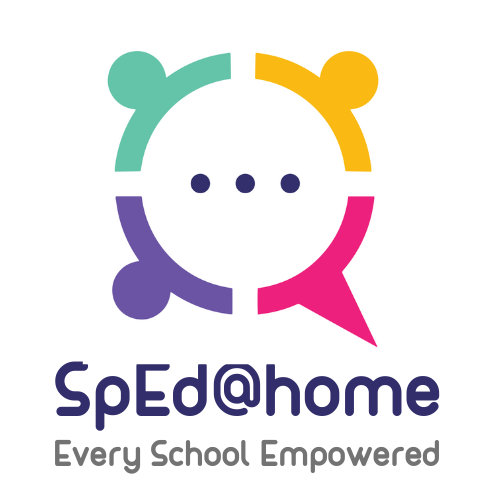1. Individualized Learning Plans:
Tailored to each child’s unique abilities and challenges, individualized learning plans go beyond standardized approaches. These plans consider the student’s learning style, pace, and specific needs, ensuring that educational content is both relevant and achievable.
2. Specialized Educators:
Educators with specialized training in special education bring a nuanced understanding of diverse learning needs. They employ adaptive teaching strategies, differentiated instruction, and personalized interventions to address challenges while capitalizing on the child’s strengths, creating a supportive and inclusive learning environment.
3. Adaptive Learning Materials:
Learning materials are meticulously curated to accommodate diverse learning abilities. Whether through visual aids, tactile resources, or interactive digital tools, these materials are designed to cater to various sensory preferences, ensuring that each child can engage with the content effectively.
4. Multisensory Learning:
Recognizing the importance of engaging multiple senses in the learning process, the program incorporates multisensory learning experiences. This approach not only reinforces educational concepts but also provides a more holistic and enjoyable learning journey for students with special needs.
5. Therapeutic Support:
Collaboration with therapists ensures a seamless integration of therapeutic support within the educational framework. Occupational therapists, speech-language pathologists, and other specialists work closely with educators to address specific developmental needs, fostering a comprehensive and cohesive approach to the child’s well-being.
6. Progress Tracking and Assessment:
Regular assessments are conducted to monitor individual progress. These evaluations are designed to be flexible and adaptive, providing insights into a child’s evolving strengths and areas that may require additional attention. Continuous assessment guides ongoing adjustments to the learning plan, ensuring optimal educational outcomes.
7. Flexible Scheduling:
Recognizing the unique attention spans and optimal learning times of children with special needs, the program offers flexibility in scheduling. This adaptable approach ensures that each child can engage in learning activities during their most receptive times, maximizing the effectiveness of the educational experience.
8. Parental Involvement and Training:
Parents play an active role in their child’s education, with resources and training provided to support learning at home. Workshops, communication tools, and ongoing support empower parents to reinforce educational goals, creating a collaborative and consistent learning environment for the child.
9. Socialization Opportunities with Group Therapy:
Group Therapy provides meaningful opportunities for children to interact with peers. Whether through virtual platforms or in-person events, these activities not only foster social skills but also create a sense of belonging and community, enhancing the overall learning experience.
10. Assistive Technology Integration:
Leveraging the power of technology, assistive tools and technologies are seamlessly integrated into the program. This includes speech-to-text software, audiobooks, and adaptive learning apps designed to enhance accessibility, cater to diverse learning needs, and promote independent learning.
11. Emotional and Behavioral Support:
The program is equipped with strategies and resources to address emotional and behavioral challenges. This may involve counseling services, behavior management plans, and the implementation of emotional regulation techniques to create a supportive and emotionally nurturing learning environment.
12. Speech and Language Support:
Children with speech and language difficulties receive targeted support from speech therapists. These specialists collaborate with educators to implement interventions that enhance communication skills, ensuring that each child can effectively express themselves and engage in meaningful interactions.
13. Counseling Services:
Access to professional counseling services ensures a holistic approach to a child’s well-being. Qualified counselors provide emotional support, guidance, and coping strategies, promoting mental health and resilience as integral components of the child’s overall development.
14. Transition Planning:
Transition planning involves careful consideration of a child’s unique needs during shifts between educational stages or changes in the learning environment. The program supports a smooth transition, addressing potential challenges and ensuring the child’s comfort and success in new settings.
15. Community Engagement:
Inclusion in community activities extends beyond the classroom, fostering a sense of belonging. Whether through collaborative projects, community events, or extracurricular activities, this engagement encourages social integration, providing children with special needs opportunities to build relationships, develop social skills, and participate in shared experiences.














